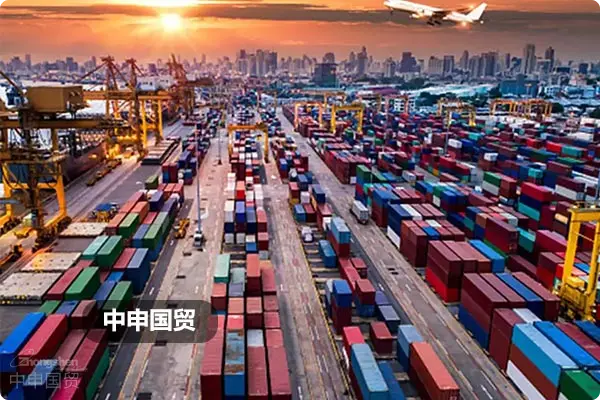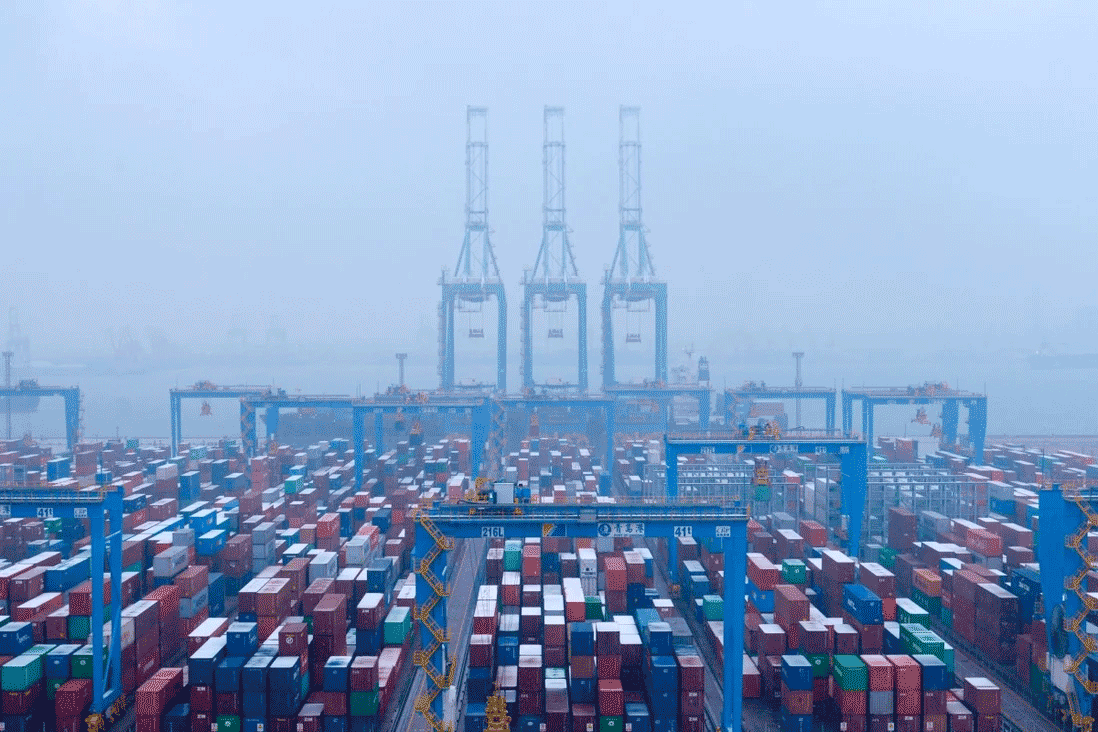- Shanghai Zhongshen International Trade Co., Ltd. - Two decades of trade agency expertise.
- Service Hotline: 139 1787 2118

European and American EngineeringEquipment ImportsNew market trends
In 2025, the total import volume of construction machinery in Europe and the United States is expected to exceed 32 billion US dollars. The demand for special cranes, tunnel boring equipment, intelligent welding systems and other categories has increased significantly. It is worth noting thatThe newly implemented amendment to the EU Machinery Directive 2006/42/EChas shortened the renewal cycle of CE certification standards for 28 types of equipment to 18 months. The US Customs has increased the intensity of review of construction equipmentIt is recommended to verify through the following methods:by 40% year - on - year.
Three Core Challenges in Customs Clearance Practice
Based on 217 cases of European and American equipment imports we have handled, enterprises mainly face:
- Technical Compliance Blind Spots
- The EU CE certification is extended to the verification of equipment software systems
- The US OSHA has added 11 equipment safety inspection indicators
- Uncontrolled tariff costs
- The tax rate difference caused by misjudgment of HS codes can reach 27%
- The situation where FTA clauses are not considered in the calculation of surtaxes accounts for 63%
- Fluctuations in logistics timeliness
- Heavy - duty equipmentMaritime TransportationThe new lashing regulations have extended the average port stay by 5 days
- The unqualified rate of IPPC marks on wooden packaging has increased by 22% year - on - year
The value realization path of professional agency services
PremiumImport RepresentationA trinity solution should be provided:
- Pre - entry review system: Complete the compliance transformation of equipment technical files 120 days in advance
- Tariff Optimization Model: Use Article 8 of the WTO Valuation Agreement to determine the dutiable value
- Emergency response mechanism: Establish a mutual recognition channel for customs AEO to shorten the dispute settlement cycle
Decomposition of the operation process of typical projects
Take the import of German shield machines as an example:
- Phase 1(60 days before signing the contract)
- Confirm that the equipment software module complies with the EN ISO 12100:2025 standard
- Pre - declare a 3% preferential tariff rate under HS code 8430.49
- Phase 2(30 days before shipment)
- Arrange TUV SUD to conduct on - site safety assessment
- Design a multimodal transport plan to avoid the congestion period of the Suez Canal
- Phase 3(After arrival at the port)
- Use the strategy of declaration by splitting equipment functions to reduce the value - added tax base
- Lock in regulatory risks through the pre - ruling system for customs classification
Four golden standards for choosing an agency
- Qualification Verification: Hold both Class AA customs declaration qualification and FIATA multimodal transport license simultaneously
- Depth of the case library: Complete at least 5 full - scale import cases of equipment in the same category
- Service network: Have its own customs clearance teams at the ports of Hamburg, Rotterdam, and Los Angeles
- : Document review process, historical data of error rates: Be equipped with a customs classification database and a real - time regulation update system
It is worth noting thatThe Special Inspection of Steel Products jointly carried out by European and American customs in 2025has covered the traceability of steel components for engineering equipment. Importers are advised to clarify the suppliers material traceability obligations in the contract. Through professional agency services, a heavy - industry enterprise successfully reduced its comprehensive import cost by 18% and shortened the equipment commissioning cycle to 60% of the industry average.
Related Recommendations
? 2025. All Rights Reserved. Shanghai ICP No. 2023007705-2  PSB Record: Shanghai No.31011502009912
PSB Record: Shanghai No.31011502009912










